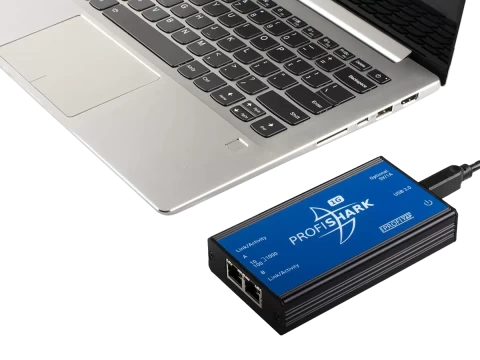-
Call Us:1.800.561.4019
Newsletter
For a Free Quote...
Latest Blog Posts
Blog Categories
Telnet Network News
The Ongoing Challenge of Managing VoIP
 Every year, I survey a couple hundred IT professionals on a variety of topics, including what their organization wants to improve on over the next year. It is not at all surprising that the task that is typically at the top of the list is rapidly identifying the root cause of degraded application performance. What is somewhat surprising however is that for the last several years, managing VoIP has been very close to the top of the list.
Every year, I survey a couple hundred IT professionals on a variety of topics, including what their organization wants to improve on over the next year. It is not at all surprising that the task that is typically at the top of the list is rapidly identifying the root cause of degraded application performance. What is somewhat surprising however is that for the last several years, managing VoIP has been very close to the top of the list.
Although VoIP has been deployed heavily over the last few years, managing VoIP can be very challenging and IT organizations continue to struggle with it. One of the reasons why managing voice is so challenging is the expectation of users. Most VoIP users expect the audio quality to be equal to that delivered by traditional methods such as the public switched telephony networks (PSTNs). However, the PSTN has been around for 100 years and the associated technical impairments have been ling since identified and eliminated.
One impairment that impacts VoIP quality is packet delay and the variation in that delay - referred to as jitter. The delay in a packet switched network comes from a number of sources including the propagation time over the WAN links and the processing both within the network and at the edges. This delay tends to be larger than the delay in the PSTN and can vary as the overall load on the network varies.
Packet loss can also affect VoIP performance. There are a number of reasons why packet switched networks drop packets, the most common of which is congestion. The good news is that VoIP quality is not very sensitive to the loss of a few, isolated packets. The bad news however, is that VoIP quality is very sensitive to a loss of strings of consecutive packets.
In order to ensure that the VoIP impairments (delay, jitter, and packet loss) remain within acceptable bounds, it is necessary to implement Quality of Service (QoS) functionality in a consistent fashion across all packet-forwarding devices (switches and routers) in the network. Ideally, QoS functionality can be configured to ensure that voice traffic receives an appropriate share of total bandwidth and that voice packets are priority-queued whenever congestion occurs.
Once QoS has been configured, supporting VoIP goes from a purely technical issue to a management issue. In order to better manage VoIP, IT organizations need the capability to visualize individual call quality and the network configuration in each direction. This is required because individual call monitoring can help to pinpoint possible performance degradation across any location in the VoIP network. In addition, per call quality metrics help IT organizations to quickly identify the underlying cause of degraded call quality. Teams also need the capability to reconstruct the per call packet stream and to replay the actual call as it transpired across the wire. This capability is required for organizations to perform a deep analysis of the performance, which provides another source of information that the organization can use to quickly identify the underlying cause of degraded call quality.
Given how long VoIP has been deployed, it would be easy to have a “been-there, done-that” attitude about managing VoIP. However, the market research that I have done over the last several years shows that that attitude is entirely wrong and that managing VoIP is a challenge for the majority of IT organizations. IT teams need an effective tool that enables them to respond to the challenges of managing VoIP by visualizing individual call quality and the network configuration in each direction and is able to reconstruct the per call packet stream and to replay the actual call as it transpired across the wire.
Thanks to Fluke for the article.
When you subscribe to the blog, we will send you an e-mail when there are new updates on the site so you wouldn't miss them.





Comments